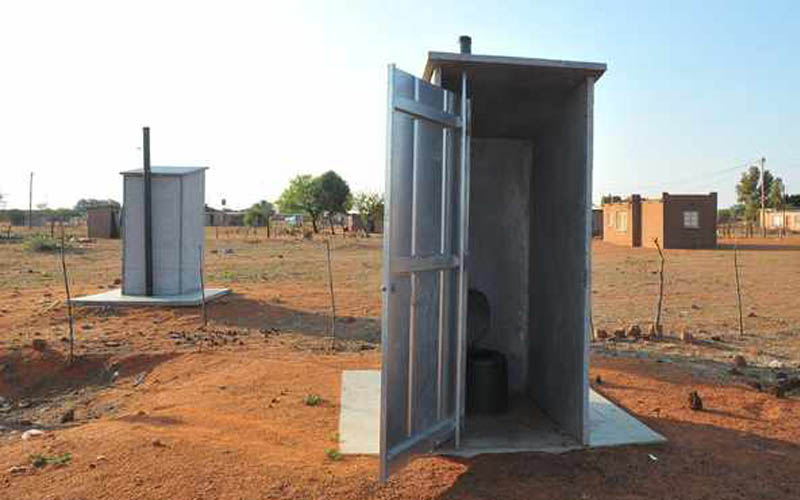+234 912 443 7374

Access to clean and hygienic sanitation facilities is a fundamental right that significantly impacts public health and well-being. However, many rural communities around the world still lack adequate toilets, leading to the spread of diseases and compromising the dignity and safety of individuals. In this article, we shed light on the importance of constructing affordable public latrines in rural areas and how they contribute to improving sanitation and overall community development.
Poor sanitation and open defecation contribute to the spread of diseases such as diarrhea, cholera, and typhoid. By providing affordable public latrines, communities can reduce the risk of water contamination and the transmission of waterborne diseases. Improved sanitation facilities help protect public health and create a cleaner environment for all community members.
Access to safe and private sanitation facilities is essential for maintaining human dignity, particularly for women, children, and people with disabilities. Affordable public latrines provide a dignified alternative to open defecation, ensuring that individuals can fulfill their basic physiological needs in a hygienic and discreet manner. This promotes a sense of self-respect and equality within the community.
Constructing public latrines is not solely about infrastructure; it is also an opportunity to promote good hygiene practices and behavior change. Awareness campaigns and education programs can be integrated into the construction process, emphasizing the importance of handwashing, proper waste disposal, and maintaining clean latrine facilities. Such initiatives empower individuals to adopt healthier habits, leading to improved community hygiene.
Accessible public latrines can have significant economic and social benefits for rural communities. Improved sanitation leads to a reduction in healthcare costs associated with waterborne diseases, enabling individuals to invest their resources in other aspects of their lives. Furthermore, the construction of public latrines can create employment opportunities within the community, contributing to local economic development and empowerment.
Constructing affordable public latrines can also have positive environmental impacts. Proper waste management and disposal systems prevent the contamination of water sources and reduce environmental pollution. Moreover, the promotion of eco-friendly practices, such as composting toilets or biogas production from waste, can contribute to sustainable resource management in rural areas.
Constructing public latrines in rural areas requires collaboration among various stakeholders, including governments, non-governmental organizations, and community members. By pooling resources, knowledge, and expertise, partnerships can leverage their collective strengths to ensure sustainable and cost-effective construction.
Public latrines should be designed to meet the specific needs and cultural considerations of the local community. Factors such as accessibility, gender sensitivity, and the inclusion of facilities for people with disabilities should be taken into account during the planning and construction phases.
Engaging the community throughout the process is essential for ensuring the ownership and sustainability of public latrines. Community members can contribute their labor, local materials, and traditional construction methods, making the project more cost-effective and culturally relevant. Involving the community also fosters a sense of pride and responsibility for the maintenance and upkeep of the latrines.
Establishing systems for regular cleaning, maintenance, and repair of public latrines is crucial for their long-term functionality. Training local individuals as caretakers or forming committees responsible for the operation and management of the latrines helps ensure their proper use and maintenance.

Executive Director, Rural Water Access Foundation (RUWAF).
James Joseph
01 Jan 2023 at 01:58pmKudos to the NGO for their exceptional WASH projects! Their commitment to providing clean water, sanitation, and hygiene resources is truly making a positive impact on communities in need. Keep up the amazing work!
ReplyAbel Samuel
03 Jan 2023 at 10:17pm
I'm truly impressed by the NGO's WASH projects. Their dedication to improving access to clean water and promoting hygiene practices is transforming lives and creating a healthier future for communities. Thank you for your outstanding efforts!
ReplyPhillip Canon
07 Jan 2023 at 08:13pm
The NGO's WASH projects are truly commendable. Their holistic approach, from providing clean water sources to promoting sanitation and hygiene education, is empowering communities and fostering sustainable change. Hats off to the NGO for their incredible work!
Reply